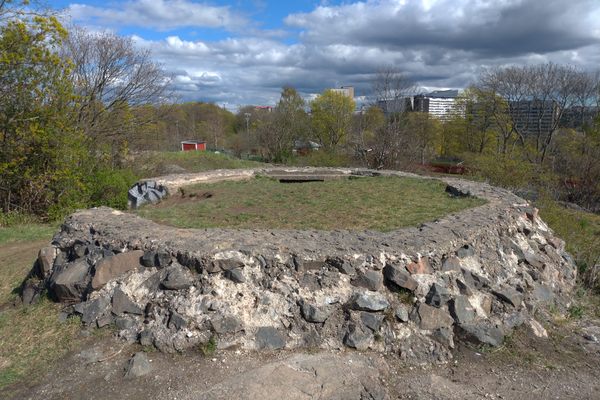About
While World War II battles raged overseas, back at home Americans were taking up gardening to do their part for the war effort. Concerned about dwindling food supplies, civic organizations worked to help Americans plant "victory gardens." They would provide instruction, seeds, and plots of land for people to grow enough fruits and vegetables for their families and neighbors at a time when food supplies were unable to keep up with demand from both home and abroad.
In Boston, across the street from another historic destination, Fenway Park, lies the Fenway Victory Gardens. Dating back to 1942, it boasts being the only remaining continuously operating World War II Victory Gardens in the United States.
During the war, the Fenway Victory Gardens were created on a 49-acre spread ripe for cultivation. The official Fenway Garden Society was established two years later, in 1944, in an effort to provide land for those who wanted to continue growing their own food even after the war ended.
Although much smaller than its original span, today the gardens cover 7.5 acres in Emerald Necklace’s Back Bay Fens along the Muddy River, an area designed by famed landscape architect Frederick Law Olmsted. The Victory Gardens host 500 separate flower, vegetable and herb gardens, fish ponds and aviaries and are tended to by a diverse group of 350 community members and organizations. For visitors less interested in getting their hands dirty, the gardens also function as a park filled with community spaces for picnics, workshops, and wildlife spotting. The Fenway Victory Gardens are a living, working, growing piece of American history.
For those with herpetological interests, the Fenway Victory Gardens are also home to the world's northernmost known population—and the only known population of any lizard in eastern Massachusetts—the Italian Wall Lizard. They can be seen in and around the Gardens' compost piles during the warmer months, though spotting them can require a great deal of patience.
Related Tags
Community Contributors
Added By
Edited By
Published
September 21, 2017
































